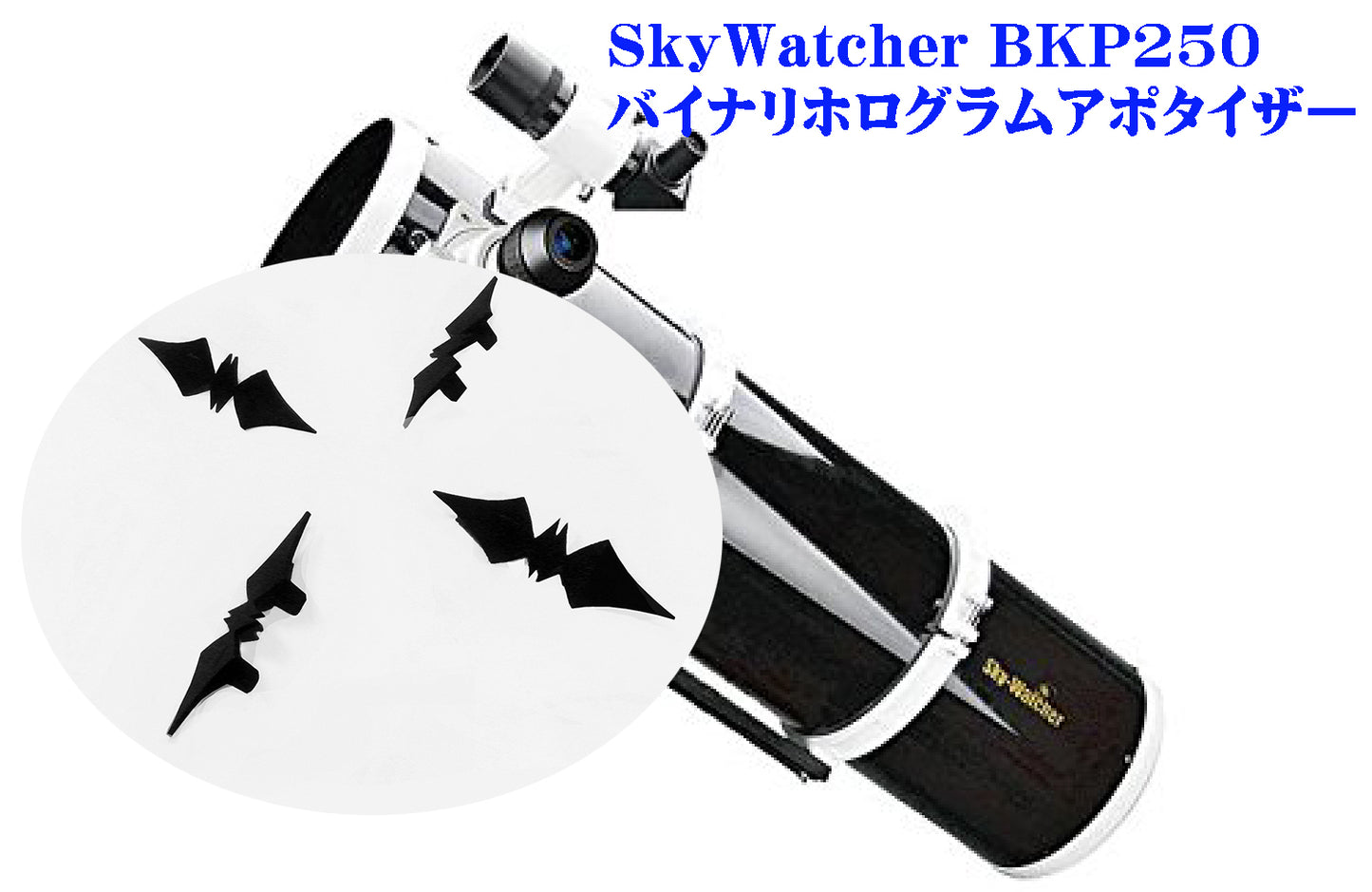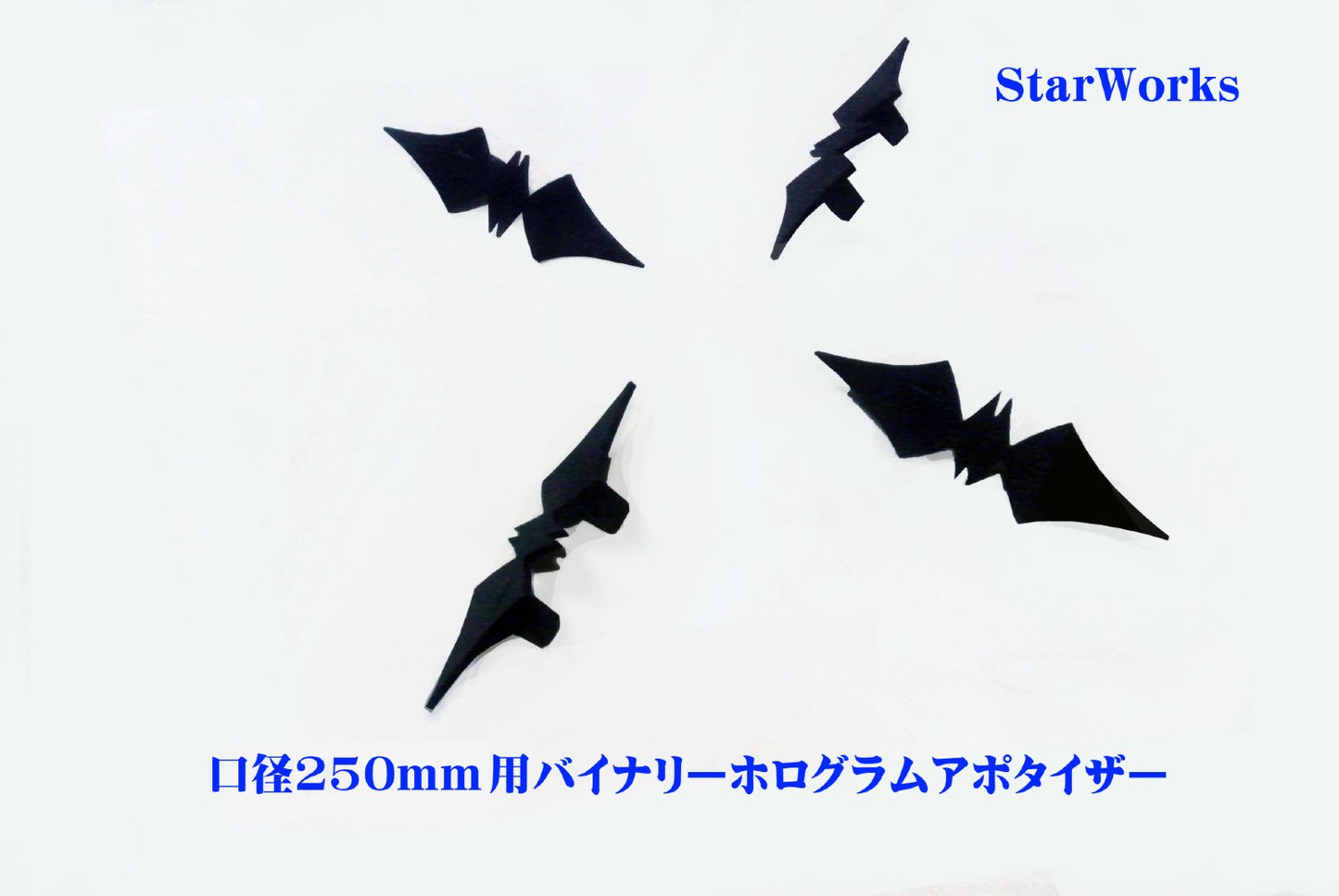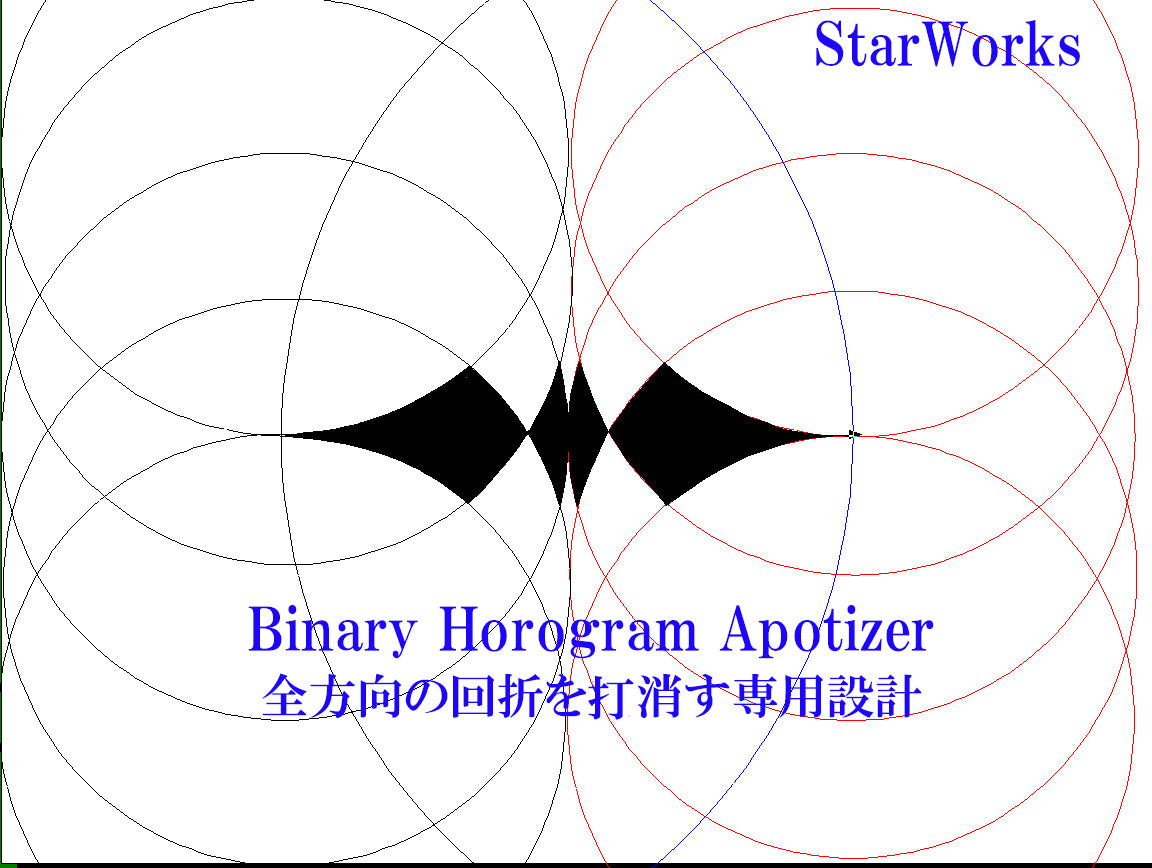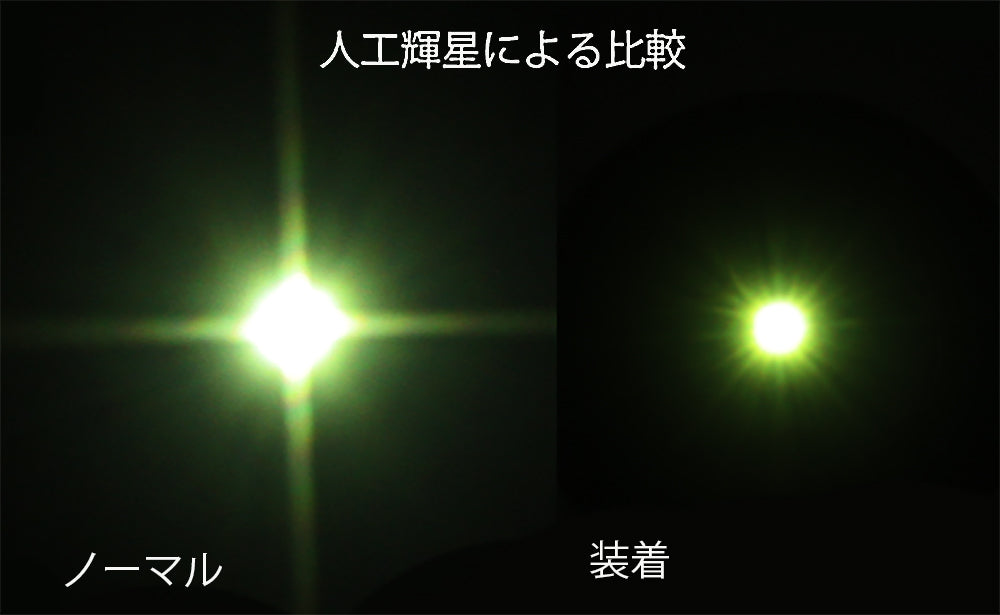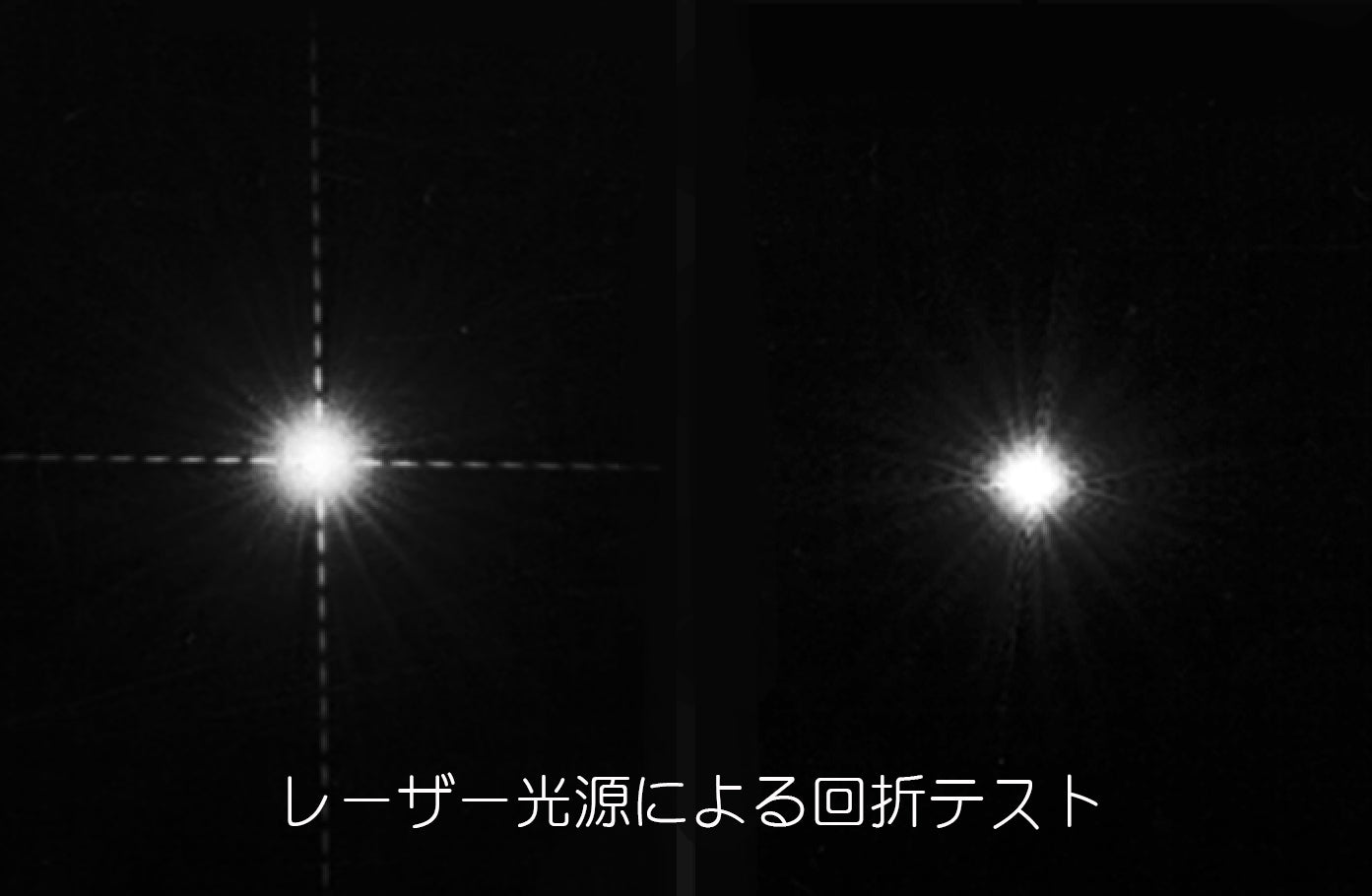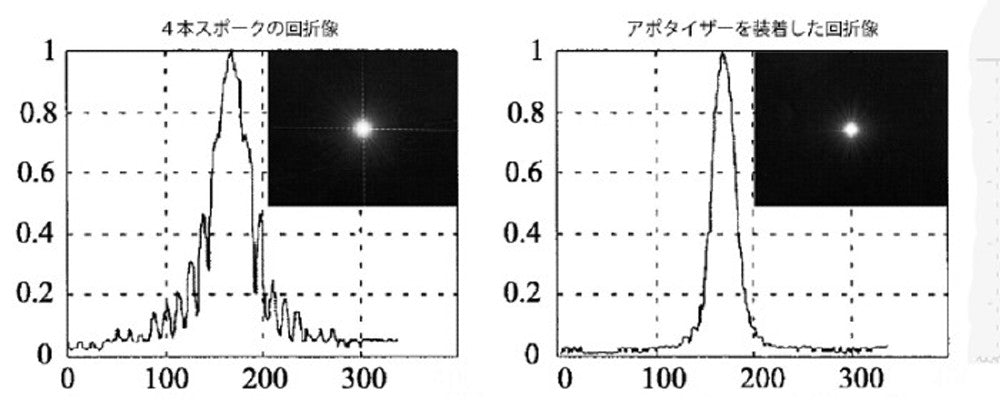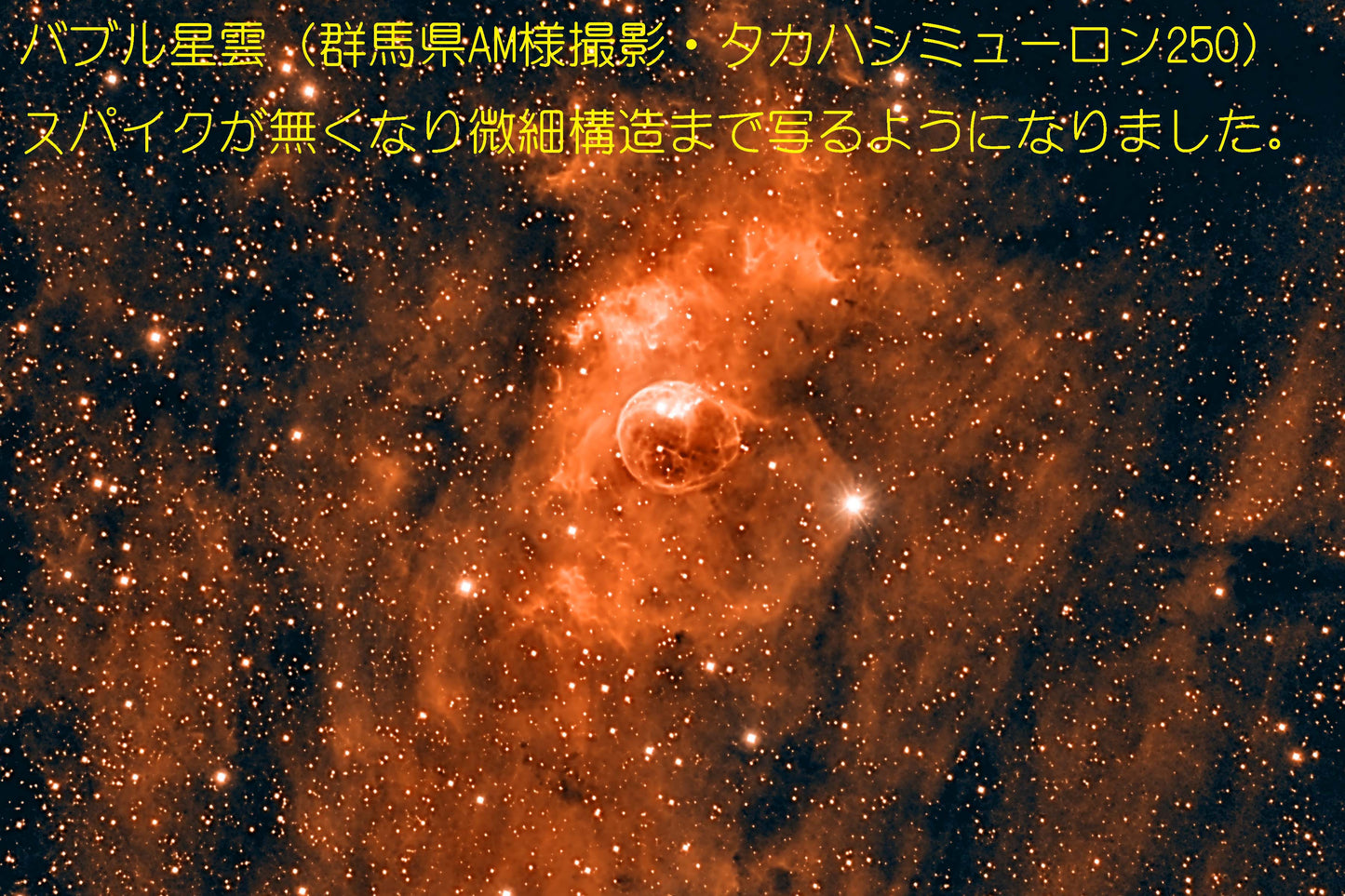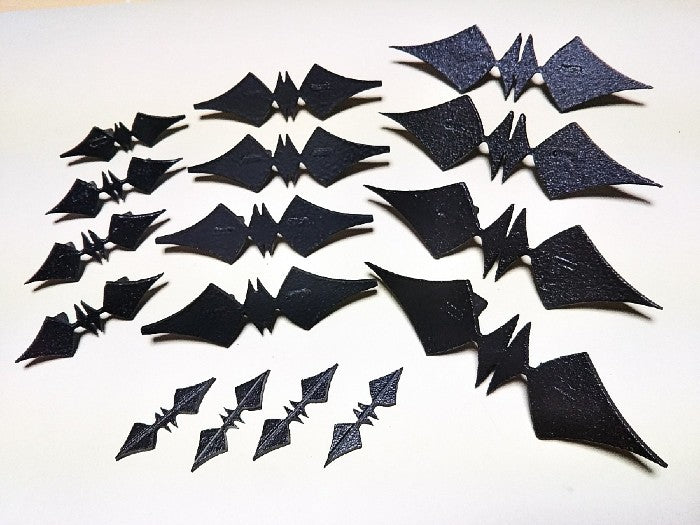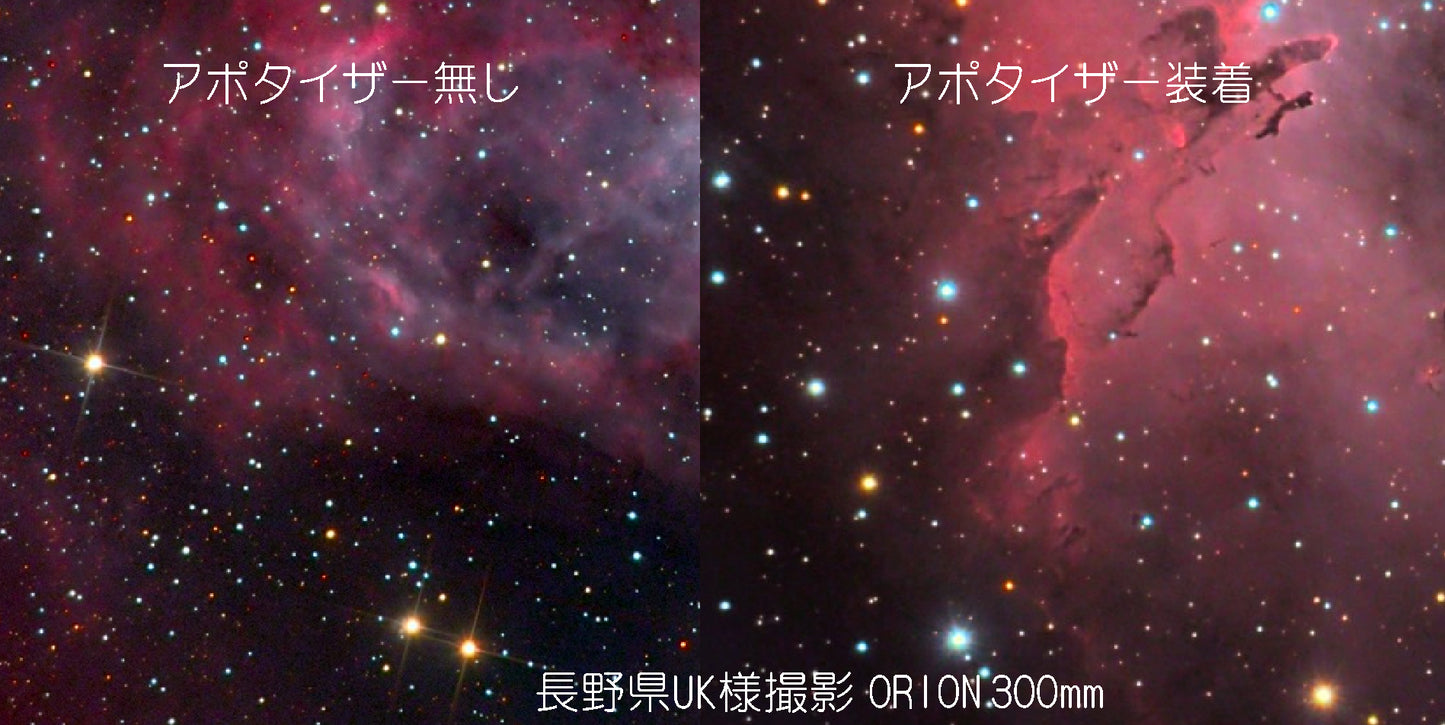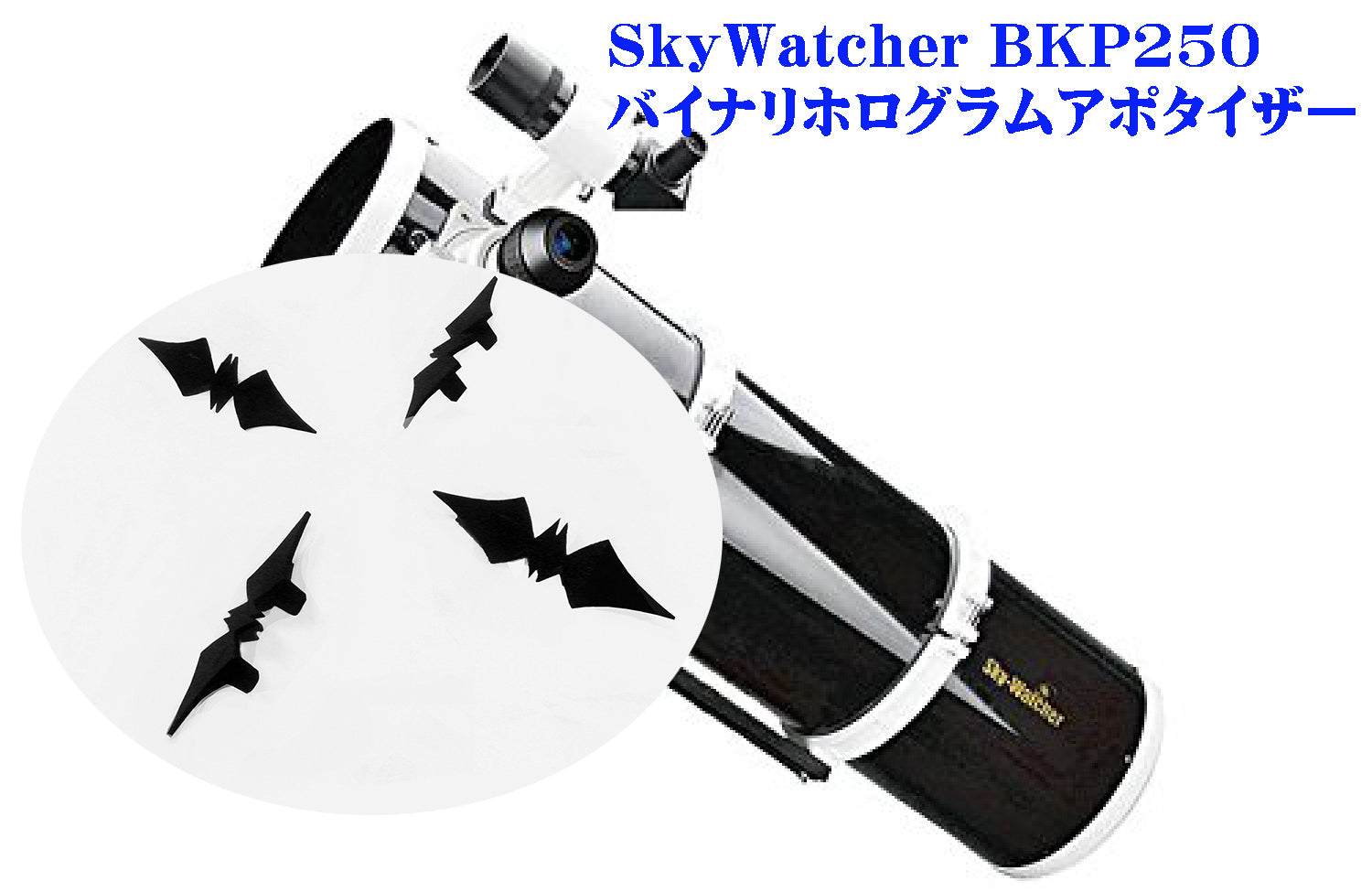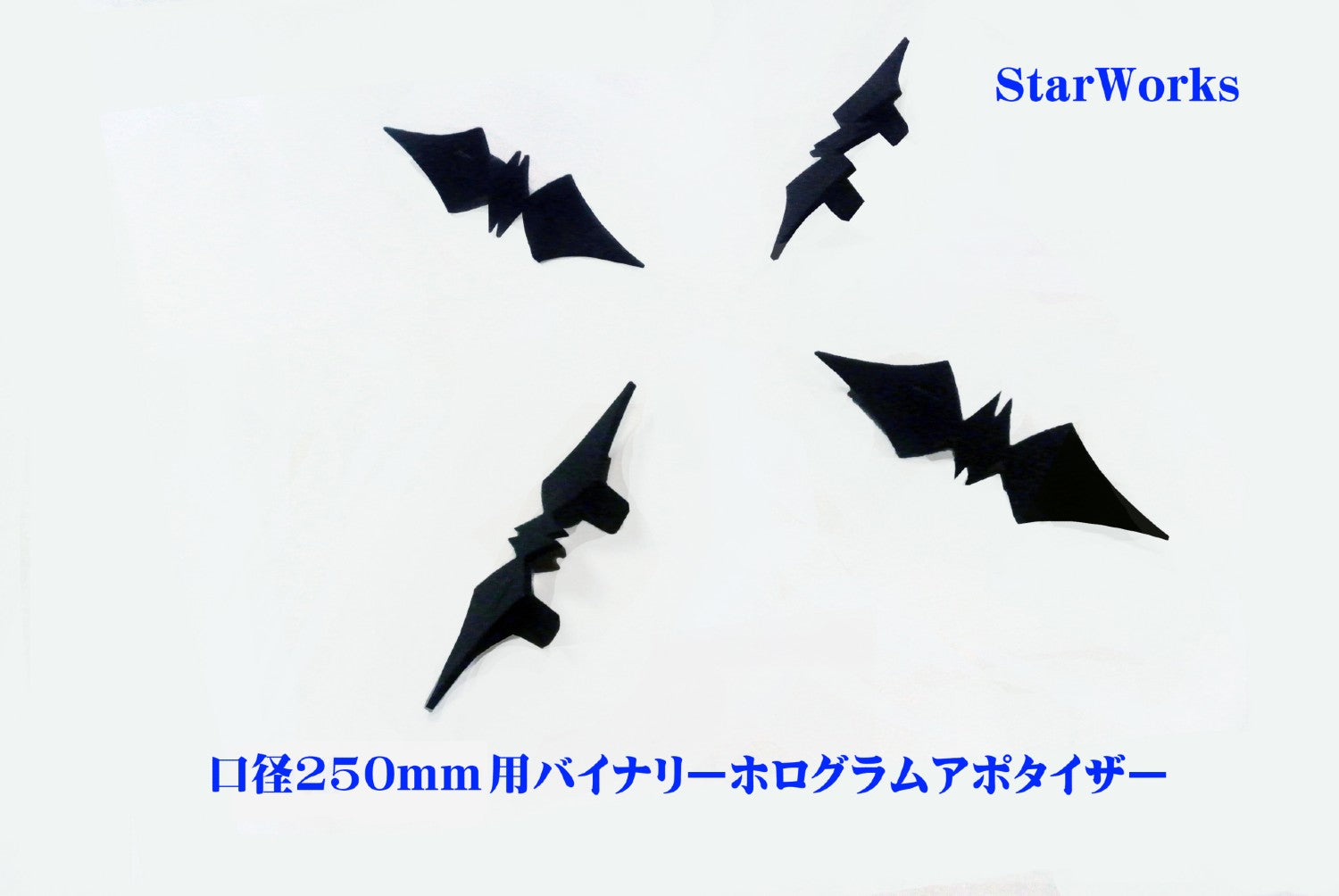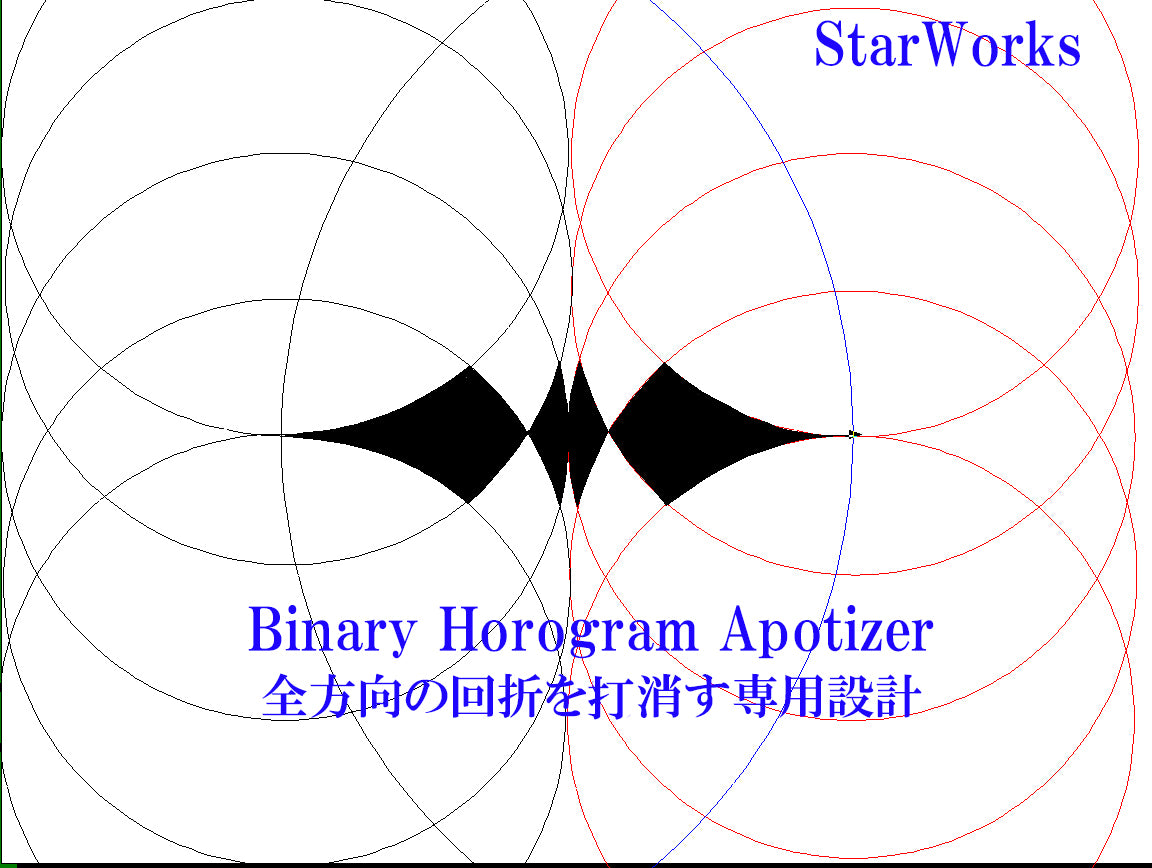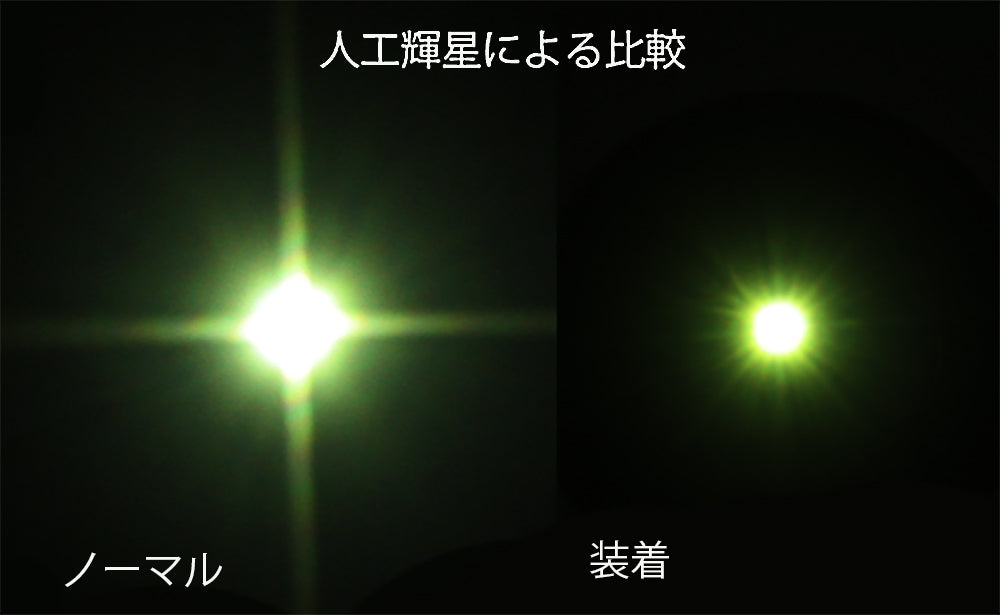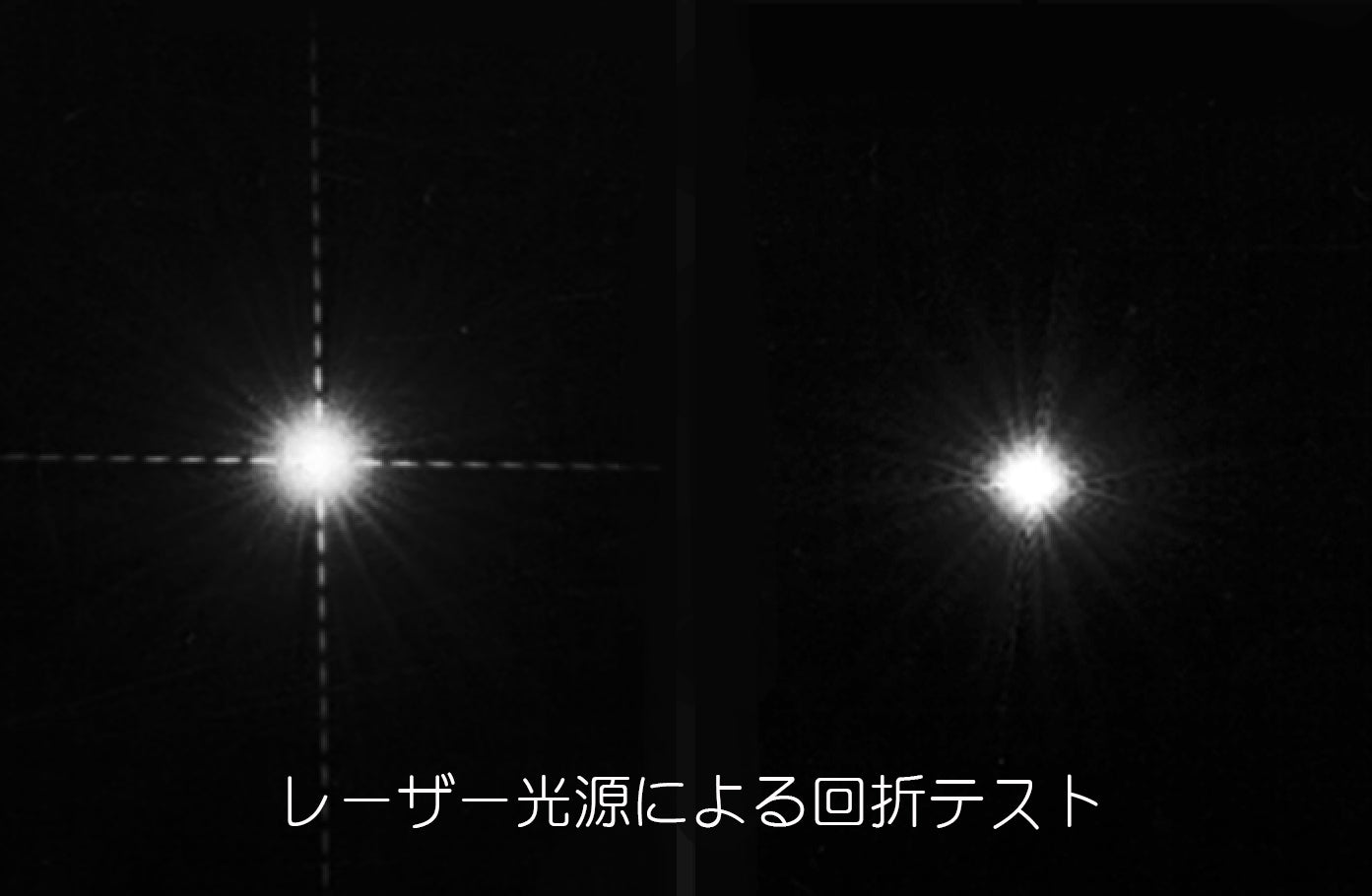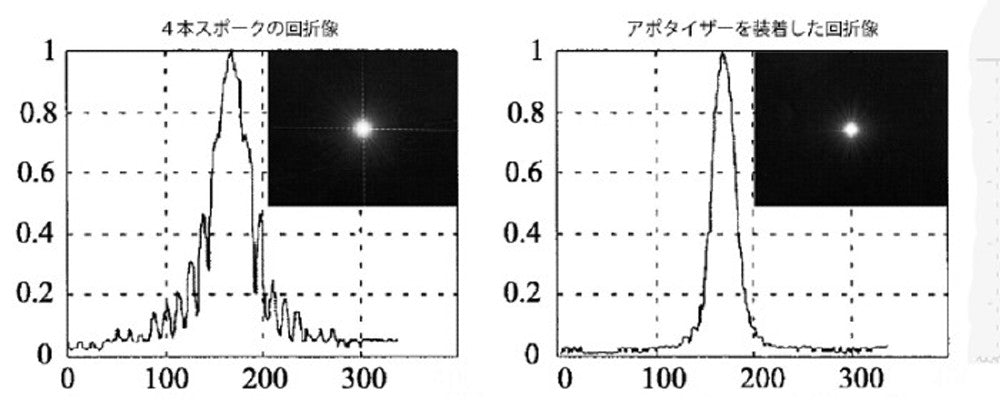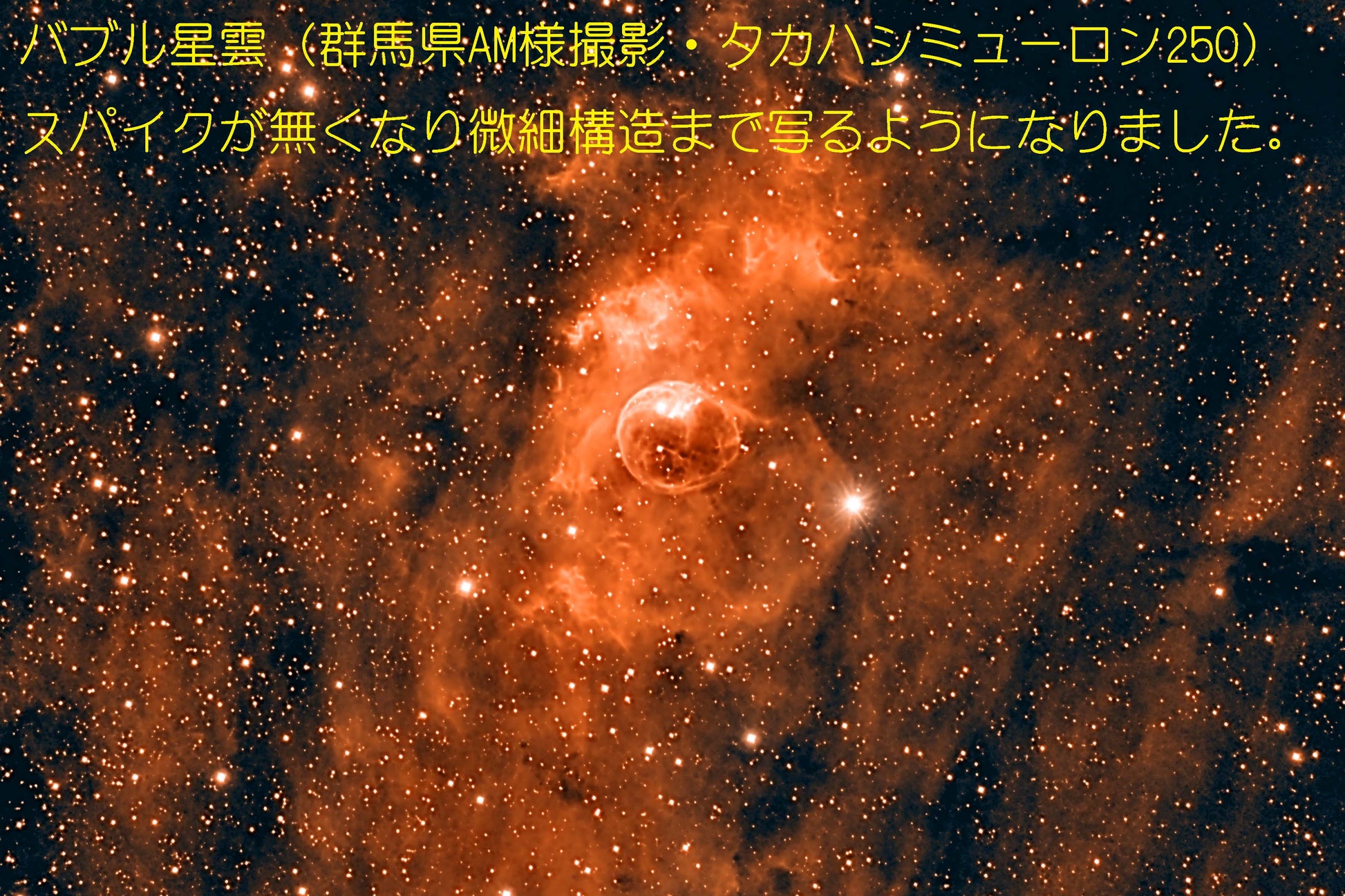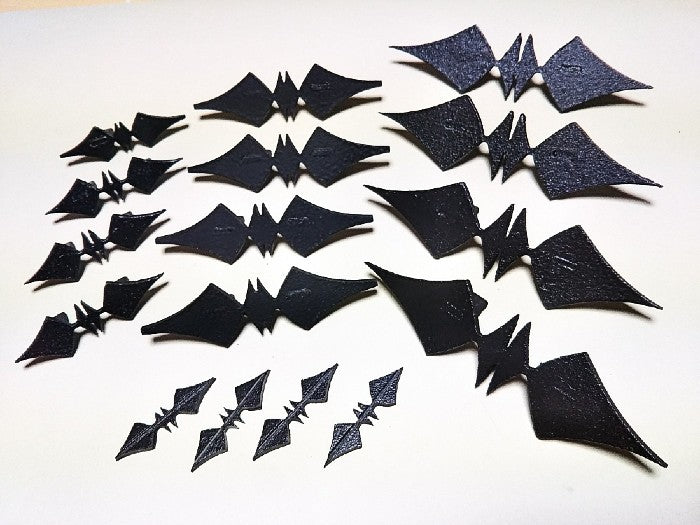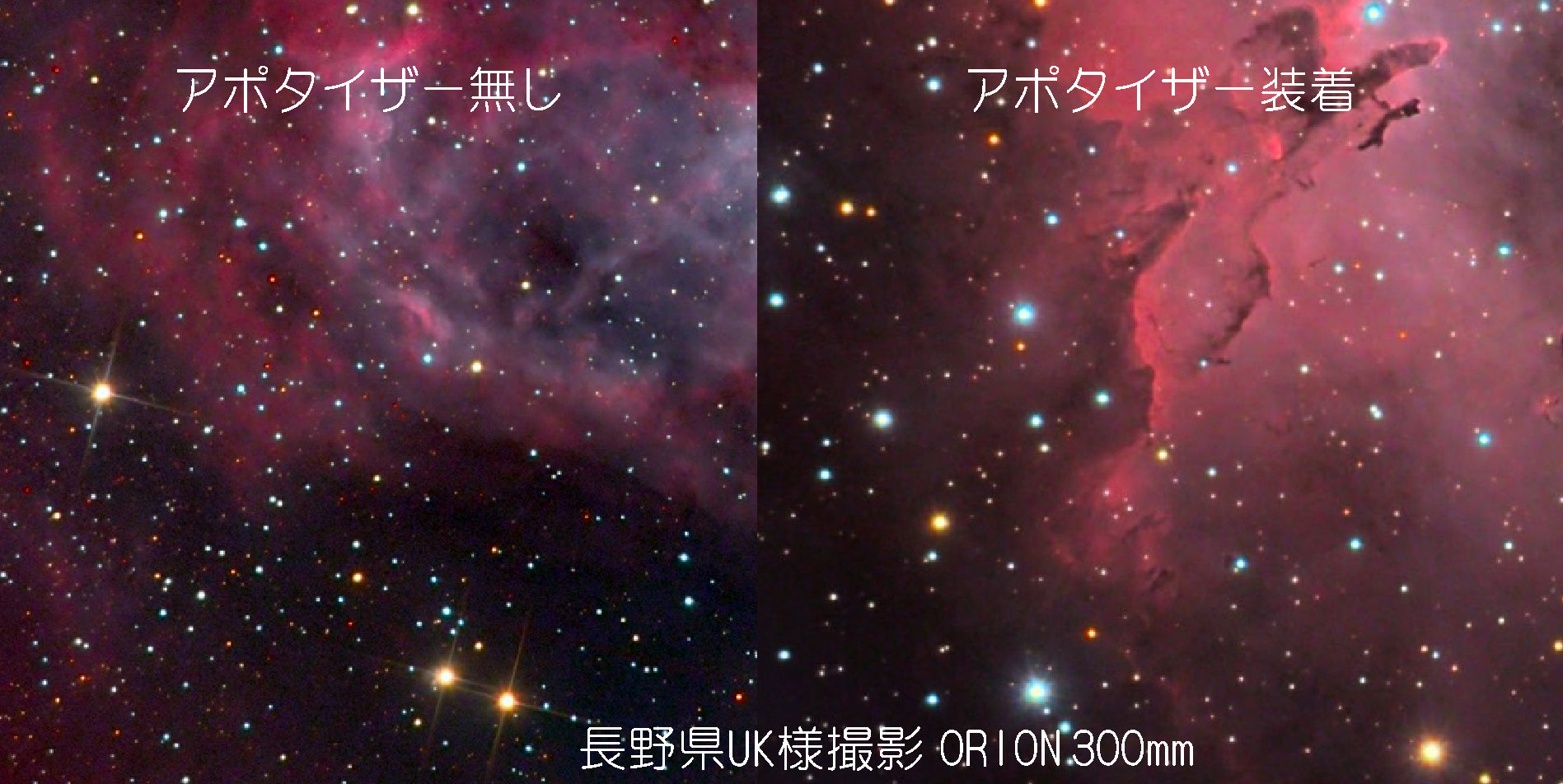StarWorks
SkyWatcher BKP250 (for aperture 250mm) binary hologram apotizer free shipping
SkyWatcher BKP250 (for aperture 250mm) binary hologram apotizer free shipping
Couldn't load pickup availability
Eligible models: Newtonian or Cassegrain telescopes with 25 cm aperture and 4 spokes. Different apertures cannot be used. Orders for desired apertures are also available. Please contact us and we will manufacture the desired aperture.
Applicable models Reflecting telescopes such as Spyder's Cassegrain Rich-Claretin, Newton, Dobsonian, Astrograph, etc.
With instruction manual
Mounting method: neodymium magnet
Surface treatment: anti-reflection rubber paint
Warranty period: 2 years
By shifting the phase of the wavelength of light, spikes generated by the fixed spokes of the secondary mirror of Newton and Cassegrain reflecting telescopes, which were previously thought to be impossible to eliminate, can be prevented. The binary appotizer technique, which superimposes the maximum and minimum values of two nearby diffraction patterns, has been further improved to such an extent that some people wonder why telescope makers do not use it.
It eliminates telescope spikes during observation and photography, making stars appear round like in a refracting telescope. The bad diffraction caused by the spokes reduces the contrast of the telescope and increases the glare, but with this on, the glare is reduced, which in turn allows you to see previously unseen areas and stars such as double stars that are close together.
The effect of this apotizer is a 12% reduction in light collection due to the shielding of the four wings used, but it improves the dispersion caused by the diffraction rings by 30-50%, thus improving contrast and resolution more than with no apotizer attached. Especially in photography, the diffraction of the spider disappears and fine structures such as areas that were previously blocked can be captured.
As can be seen in the Bubble Nebula provided by AM in Gunma, the inside of the bubble can be seen more delicately, and in all the star images, the spikes have disappeared and the stars are circular. Thanks to the reduced glare, faint stars are also clearly visible.
--------------
We received this review from Mr. KI in Shizuoka, Japan. (Aperture 150mm Skywatcher BKP150) --------------
Thank you very much for your previous product for BKP150. I made a few adjustments to the installation. I recently observed Jupiter and Saturn. After installing this product, I was able to see even the Great Red Spot and was impressed by the improved contrast. I am very satisfied with the results. I am very satisfied with this product. Thank you very much.
-------------
We received a review from Mr. SK in Shizuoka, Japan. (Aperture 200mm Vixen RS200SS)
--------------
When I took a picture of it, the diffraction of the spider was no longer visible. Thank you again for the opportunity.
-------------
We received a review from KS in Hyogo, Japan.
-------------
Last night, it was a beautiful sunny day, so I did a live-action test in my yard. I photographed Antares and it disappeared almost perfectly. However, I took one frame at a time under the same conditions for comparison photos. The spikes are likely to remain, but it works well enough.
--------------
We received a review from Mr. YK in Toyama, Japan. (Aperture 200mm Skywatcher BKP200)
--------------
When I checked the other day in actual shooting, the spider light stripe disappeared, and I realized again that it is effective. I am a successful bidder for the BKP300,F5 reflector, which has been dropped by the
-------------
We received a review from Mr. UH in Saitama, Japan. (Takahashi, E180ED)
-------------
I am still looking forward to taking pictures.
-------------
We received a review from Mr. NK in Aichi, Japan. (Aperture 350mm Flextube 350P by Skywatcher)
-------------
Sorry for the delay in reporting. I have just recently confirmed the effect. It is true that the diffracted image caused by the secondary mirror support spoke disappears. I was always concerned about the direction of the diffracted image when I used to use the "A" system, but it seems that I don't have to worry about it anymore (I haven't seen it yet because of the season). I will take the opportunity to look at the "4" stars, but I could see Hercules' ζ star, the companion star of Antares, and the quadruple star of Soli's ν star without any problem. I feel a bit sad without the 。。。。
---------------------------
We received a review from MM in Tokyo, Japan. (20cm aperture, Skywatcher BKP200)
-------------
The diffraction crosshairs that were showing on Sirius are gone. Thank you very much.
*Click post delivery (free shipping).
